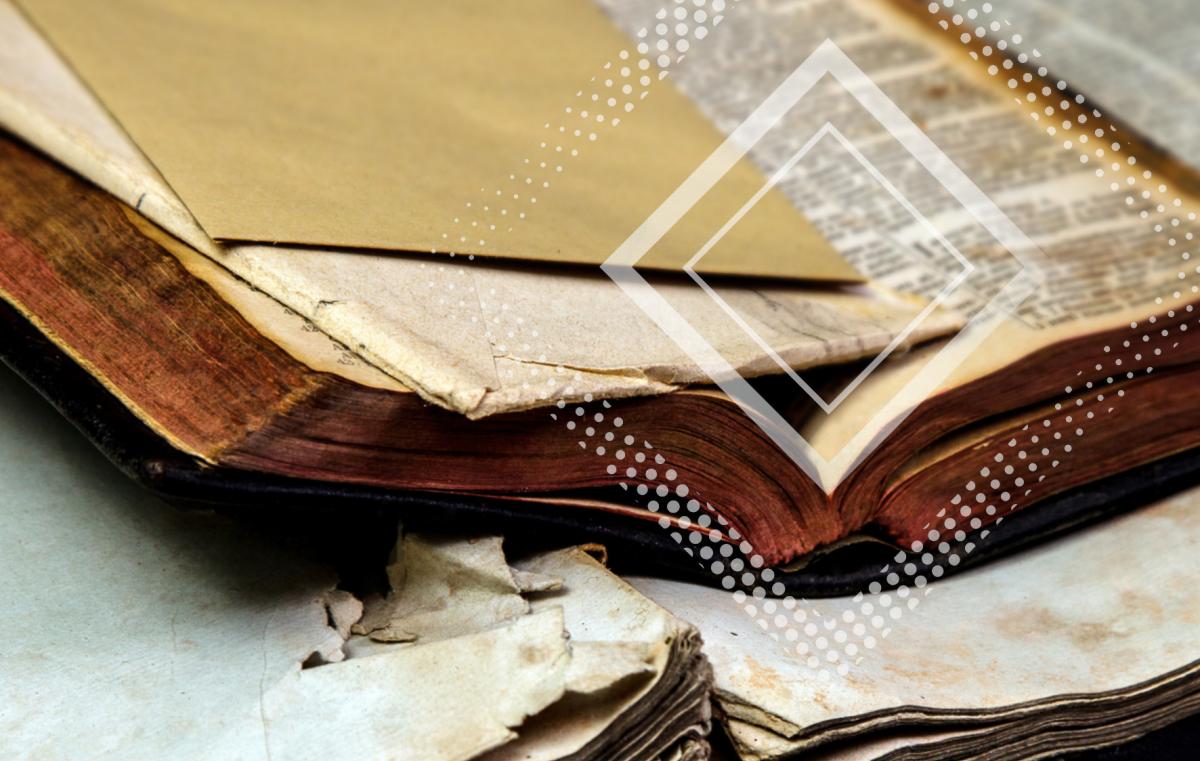The Avant-Garde in Yiddish Culture
Conference marks 100th anniversary of Khalyastre

The First World War and its aftermath created turmoil not only in the material world of Eastern European Jewry, with its changing boundaries; it also left a deep impression on its spiritual world and on the developing Yiddish modern culture. Out of the ruins of the war arose the avant-garde of Yiddish literature and art.
Yiddish avant-garde activity was characterized by sporadic gatherings of authors and artists in different European cities, such as Kiev, Moscow, Lodz, Warsaw, and even Berlin, who produced a variety of other journals, among them Eygns, Shtrom, Yung Yidish, Ringen, Milgroym and Albatros. One of the most well-known literary groups and journals was Khalyastre (gang), established in Warsaw in 1922.
This week the Rena Costa Center for Yiddish Studies at the Department for the Literature of the Jewish People at Bar-Ilan University, in cooperation with the Center of Yiddish Culture at the Department of Hebrew Literature at Ben-Gurion University of the Negev and The Program of Yiddish Language, Literature and Culture of the Hebrew University of Jerusalem, marked the 100th anniversary of Khalyastre by hosting an international conference at Bar-Ilan focusing on avant-garde in Yiddish culture.
Conference panels focused on avante-garde art, theater, poetry and linguistics, and included the participation of scholars from all over Israel, Heinrich Heine University, Selma Stern Center for Jewish Studies Berlin-Brandenburg and European University Viadrina (Germany), as well as Columbia University, Tulane University and Indiana University.
In his keynote lecture Yiddish scholar Prof. David Roskies, of the Jewish Theological Seminary, traced what he called the "broken timeline" – the years from 1938-1945 in which the achievements of Yiddish modernism were completely erased. The Jewish world, he said, had to bury its past due to the trauma it suffered at the hands of Stalin and Hitler. Roskies focused on how this lost chapter in history was expressed simultaneously, yet differently, in three countries: the former Soviet Union, Poland and the United States, and highlighted the resurgence of interest in Yiddish culture in the 1970s.
"The avant-garde brought about a revolution in Yiddish culture by bringing new ideas, new content, new insights and new methods and shapes in literature, art, language and theater," said one of the conference organizers Prof. Nati Cohen, Director of the Rena Costa Center for Yiddish Studies at Bar-Ilan University, who initiated the gathering. "All of the realist and sentimental literature and art that existed until then became passé and a new, expressionist era in Yiddish culture was born. Rather than looking at what was happening on the outside, authors and artists began to express current events introspectively."
With a new kind of vocabulary never before used, Yiddish avant-garde shook up the established literary world, was often misunderstood by readers, and even generated anger among critics. In his poem Di Kupe, for example, the poet Peretz Markish, shocked readers when he vividly described a heap of victims of a pogrom in Ukraine, and critics of the time looked upon this writing as something sick, according to Cohen. In another poem Uri Zvi Greenberg changed the image of Jesus, who was no longer the pure and perfect messiah – the son of God – but a brother who suffers for being Jewish. "The code for this new literary writing was not beauty but horror. In their 1922 manifesto the Khalyastre "gang of poets" wrote that literature was no longer pleasant and euphoric, but reflected the cries of shocking pain of a mountain that falls into an abyss," explained Cohen.
Three decades after the appearance of the avant-garde gatherings and journals, some of the authors were among those murdered in the bloodbath that destroyed Yiddish literature in the Soviet Union in August 1952.
Though it was a relatively a small and temporary group in the history of Yiddish culture that only lasted for approximately two years, Khalyastre left its stamp for many decades, according to Cohen. Today, Master's and doctoral students still write their theses about this group and its influence, discover new information and present new analysis. "This group symbolizes how much Yiddish culture was a kind of dynamic civilization in all aspects of the artistic world. But to our dismay there isn't enough awareness of this civilization among the public or in academia. Therefore, we're taking advantage of the 100th anniversary of Khalyastre to remind the academic world and scholars of Jewish studies and humanities of the meaningful existence of Yiddish culture in the 20th century in general and this specific group in particular. This is a special opportunity for Bar-Ilan, Ben Gurion and the Hebrew Universities for cooperation in our shared interest in the culture of modern Yiddish – and bringing the awareness of the existence of such a culture to academia and the public-at-large," said Cohen.